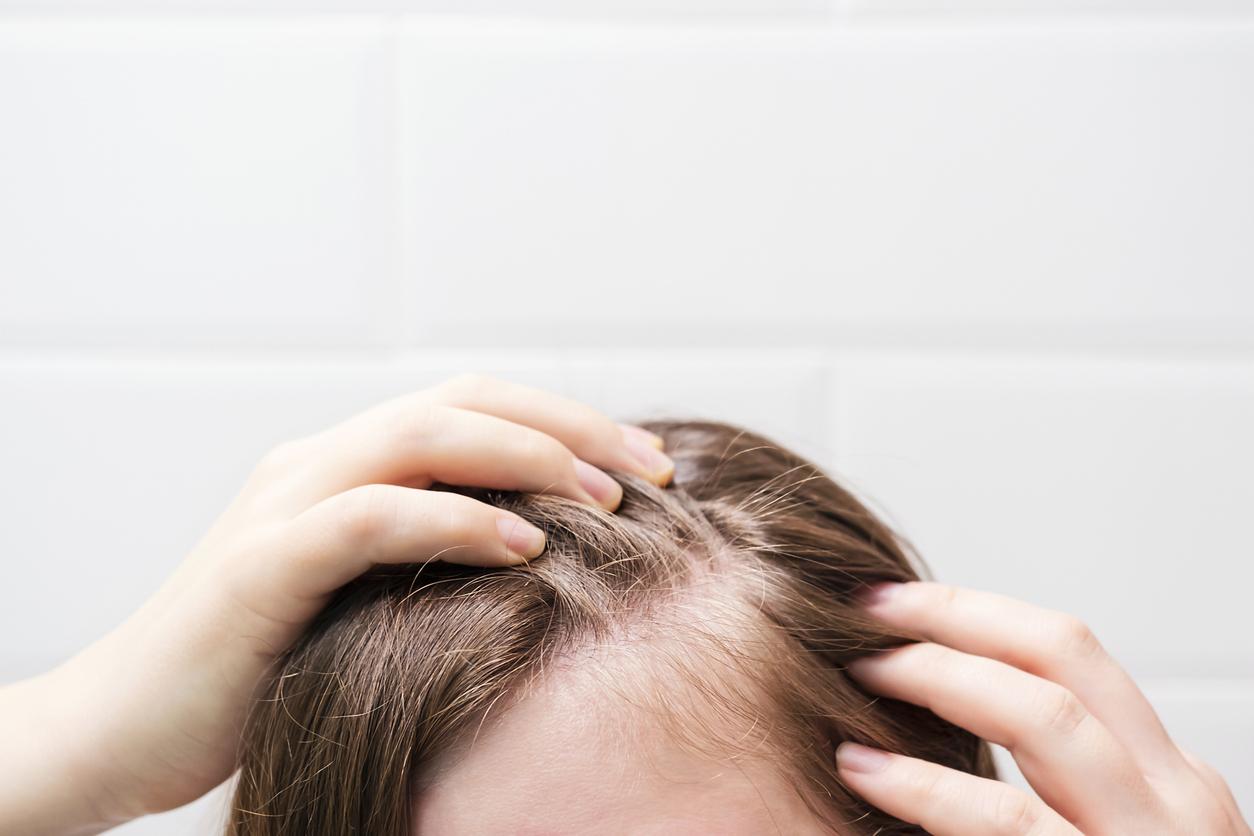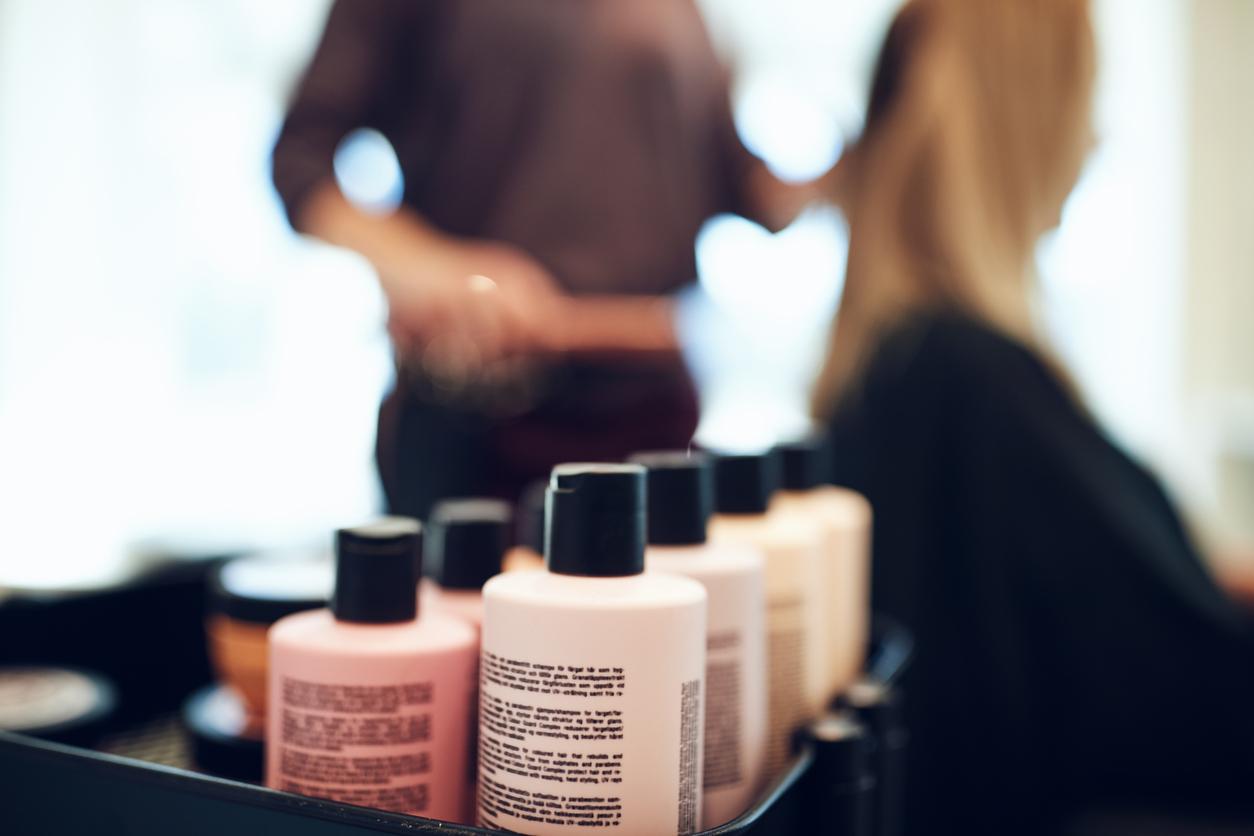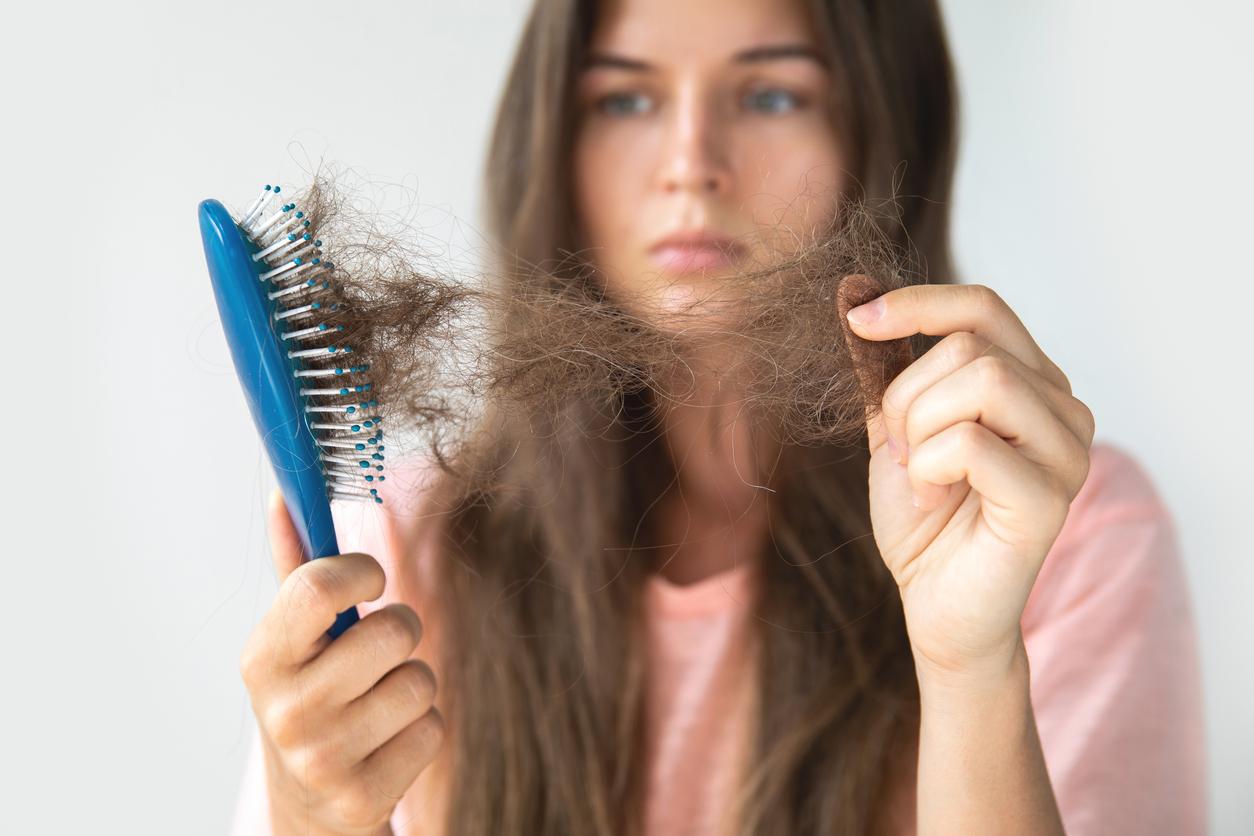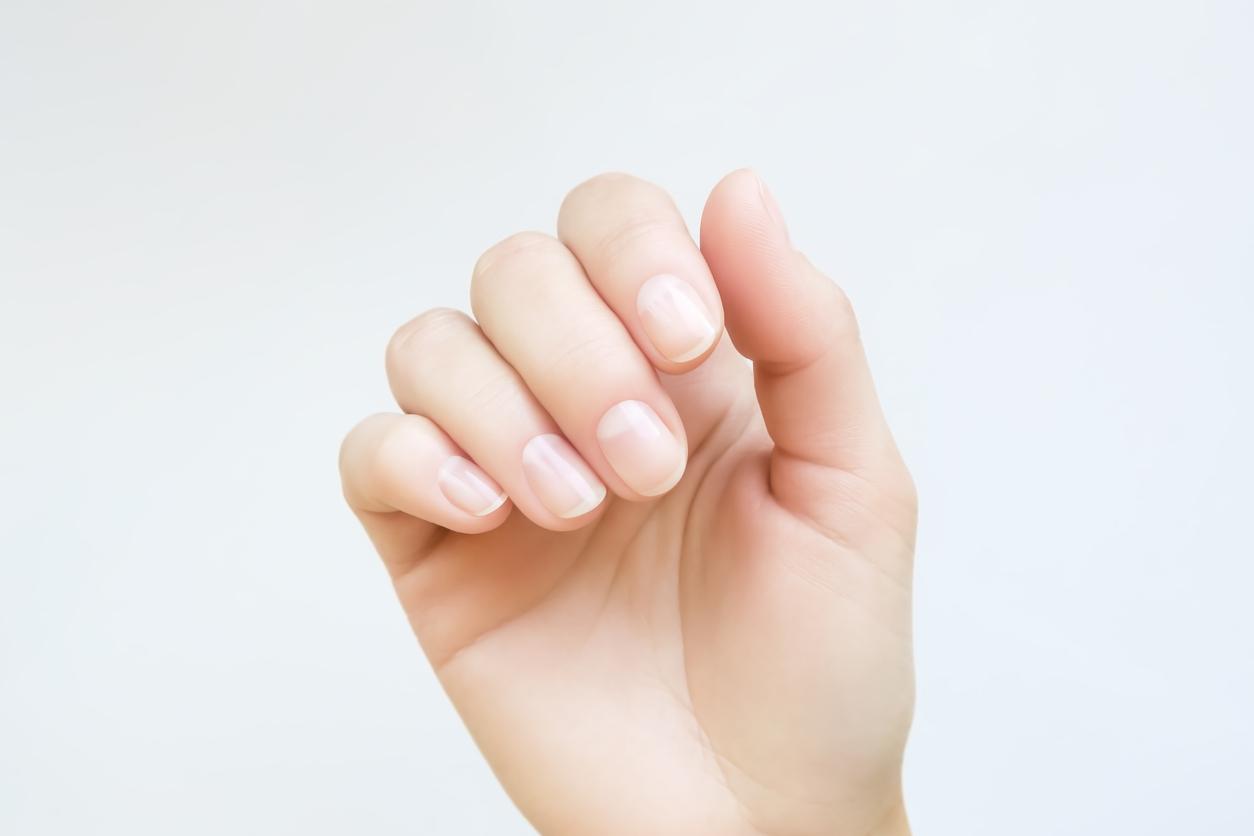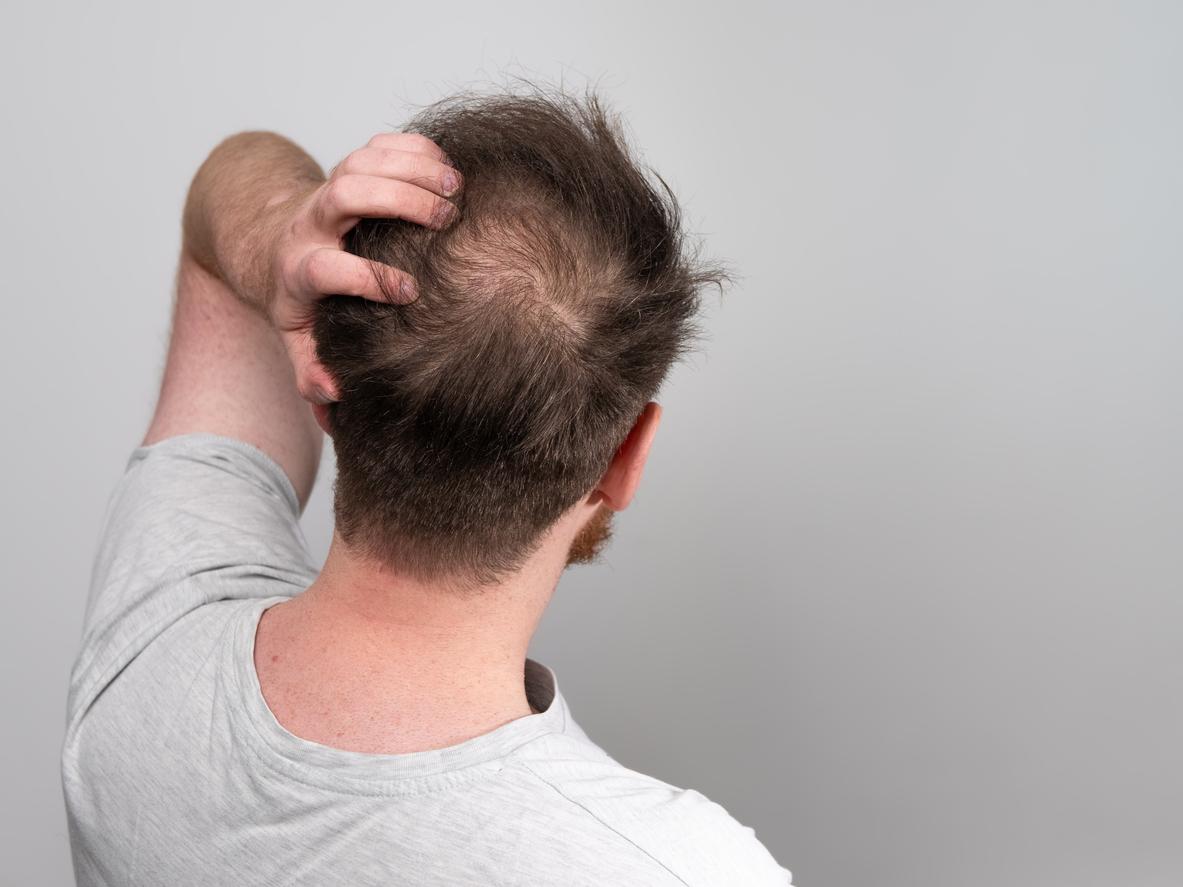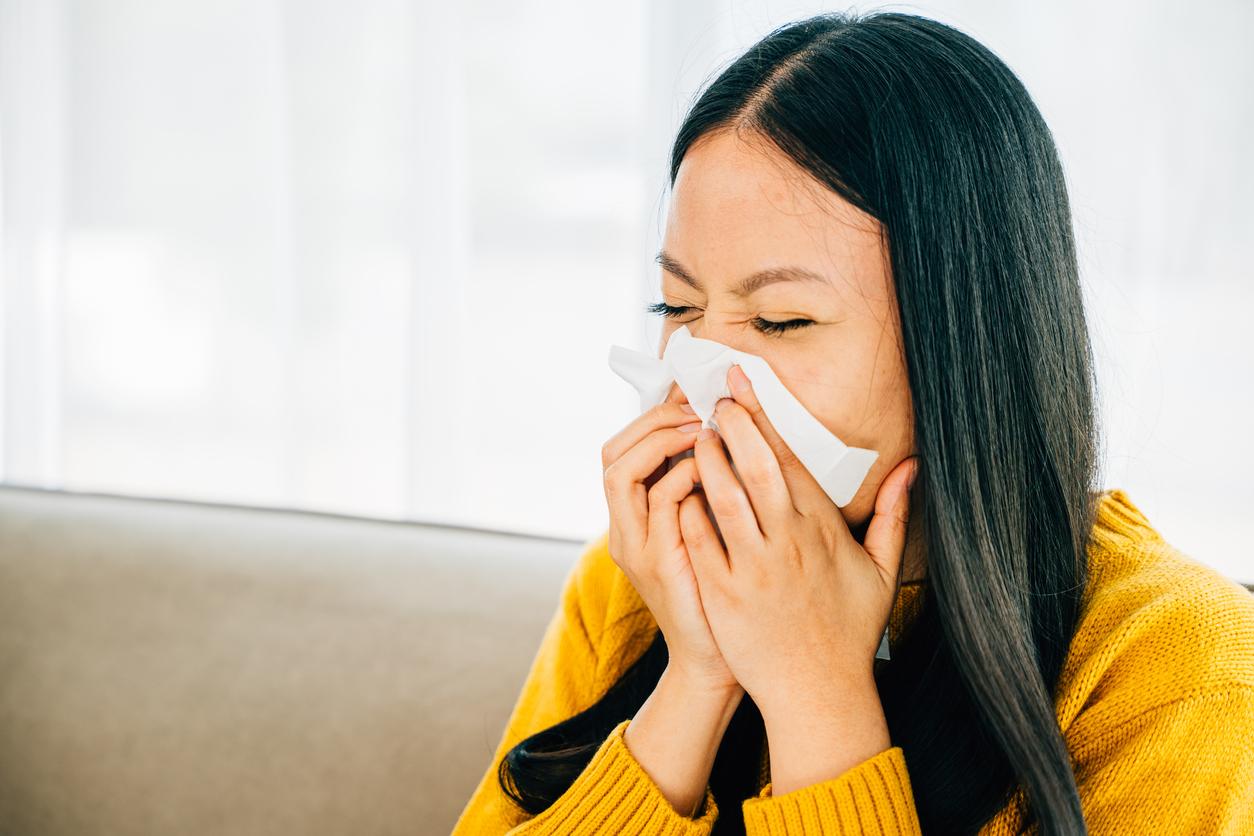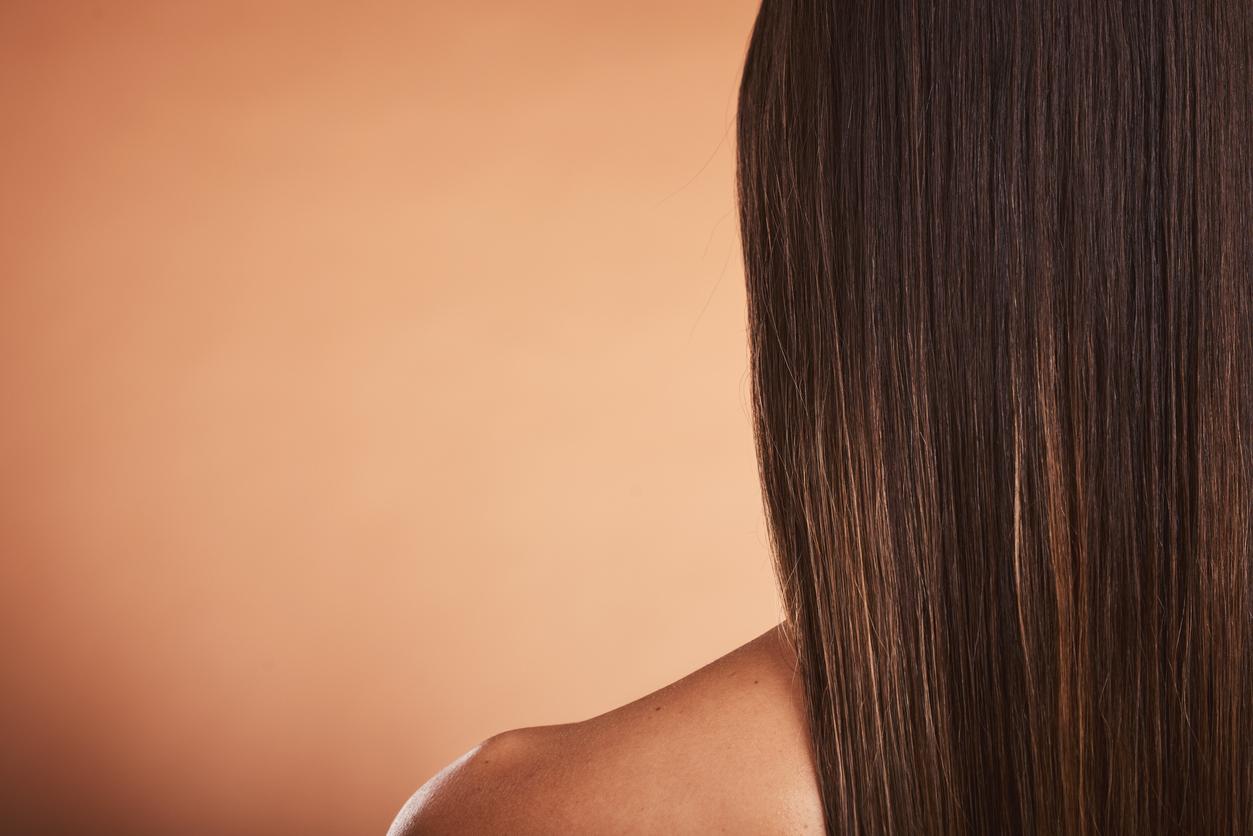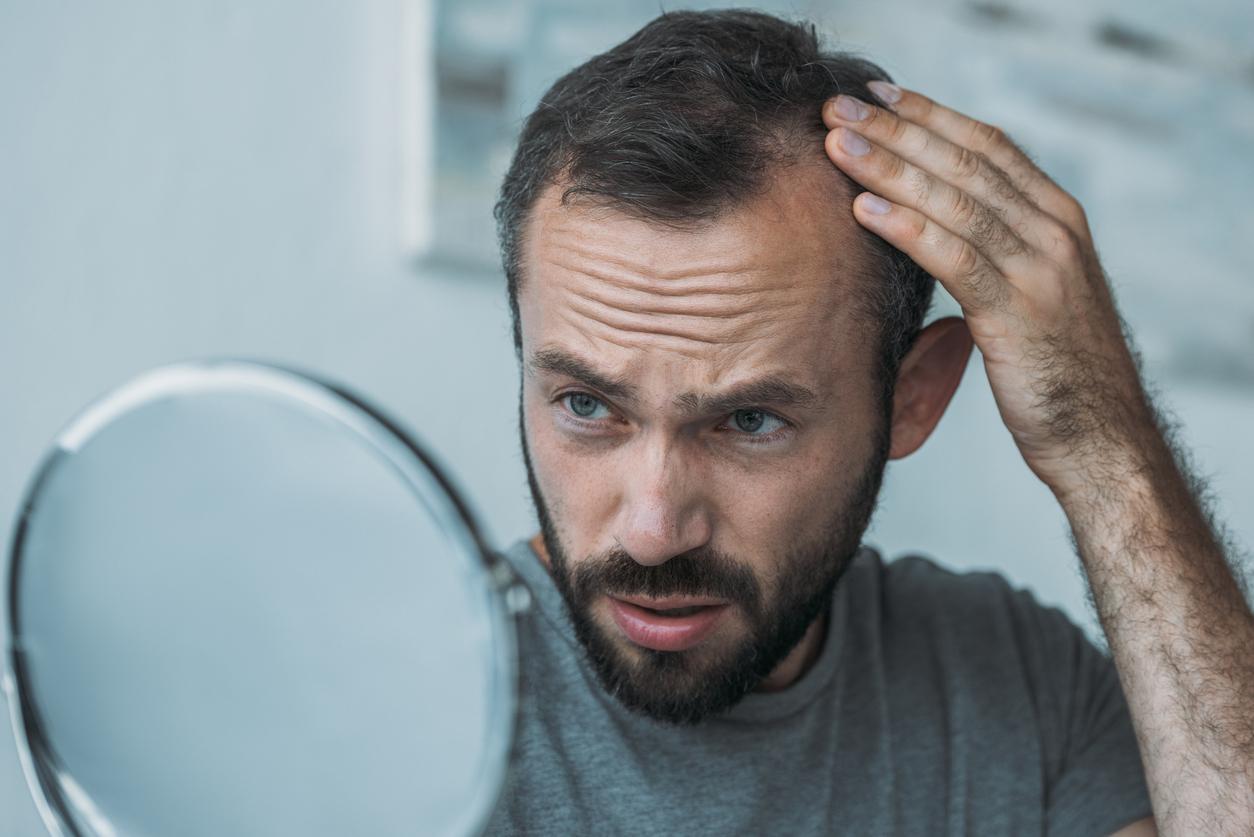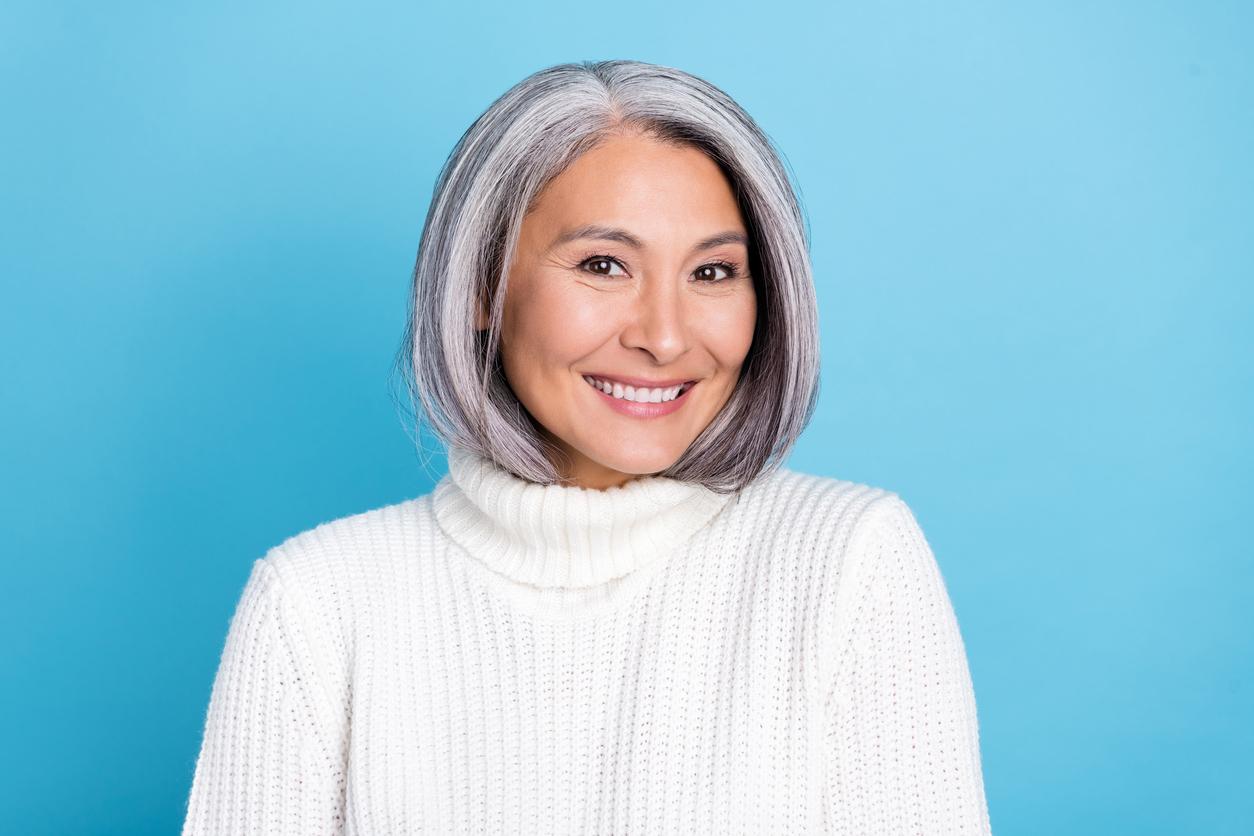1. Do not attack my hair
New generation shampoos have mostly got rid of sulphates, these chemical washing agents. Others use mild sulfate agents. We therefore prefer a shampoo with non-aggressive surfactants, avoiding sodium laureth sulphate or sodium lauryl sulphate, the most aggressive of this family. “The formulas are changing, specifies Denise Guillouet, of L’Oréal Professionnel. Sulfates have been replaced by milder surfactants, derived from coconut. They have a good cleansing power without irritating, are suitable for all healthy scalps, including colored hair or smoothed. Some products are also formulated with micelles (such as make-up removers). Which come together to capture dirt and sebum”. And wash gently…
2. Wash my hair every day
Nothing stands in the way, provided you choose a mild shampoo. That is to say with washing agents that are very respectful of the scalp. “A single application is enough and with little product”, adds Catherine Chauvin. If the scalp is bold, bet on a specific shampoo to keep volume longer. Or, in the natural version, choose a neutral shampoo (very gentle base) to which you add a few drops of essential oil of tea tree (melaleuca). To be tested first at the bend of the elbow to see if there is no reaction.
3. Beautify my lengths
“It’s not necessarily a good idea to choose your shampoo according to your lengths, because that’s not what will treat them, explains Denise Guillouet. Except, if you have no scalp problem In this case, one can possibly choose a more specific shampoo for the lengths“. “No need, in any case, to mix them as if you were doing your laundry!, continues Catherine Chauvin, from René Furterer. This damages the hair and opens their scales. The foam that runs along the locks is enough to wash them”. It is care that they need. So, after washing, the application of a good hair conditioner or a mask is essential, especially if the hair is long. This product will restore softness, coat and detangle the hair fiber.
4. Clean and treat my scalp
The primary role of shampoo is to wash the scalp! It seems obvious, but, as Charline Roussé, from Biocoiff’ says, “you have to choose it according to the condition of the scalp, and not that of the hair!”. However, often, continues the hair specialist organic, the shampoo used does not correspond to the real needs of the scalp. “In the event of a scalp problem, the shampoo must treat the roots. For example, we will make a sebum-regulating or soothing shampoo (in the event ofirritation) once or twice a week, alternating with a mild shampoo”, adds Catherine Chauvin. Hence the importance of having a good diagnosis: as it is difficult to clearly see your scalp yourself, you can ask to his hairdresser, on the occasion of a cut or a color, to give us information on the state of our scalp. to feed, purify it or simply wash it gently. And we will thus avoid irritation or excessive seborrhea, because the shampoo used is not suitable.
5. Prioritize natural ingredients
Whether natural, based on plant extracts (shea, aloe vera, nettle…) or labeled organic, these shampoos are suitable for everyone. They wash effectively with surfactants of plant origin, which are gentle and respectful such as coco betaine and SLSA (sodium lauryl sulfo acetate). By choosing this type of shampoo, you are sure to have a product that respects both the scalp and the hair, and does not coat the lengths with an occlusive film. “But organic shampoos, for example, are not necessarily ‘all vegetable’, because the labels allow a little chemistry, specifies Charline Roussé. To know what is in your shampoo, you must therefore read the labels carefully. labelsespecially if you want a truly natural shampoo!”. These products leave the hair clean and soft, often shiny, but also a little crunchy and rough. A natural conditioner (or conditioner) too, applied immediately after , will be responsible for restoring softness to the lengths.
6. Avoid products that create a lot of foam
“The more it foams, the more it attacks the scalp”, underlines Dr. Nina Roos, dermatologist. “A real mild shampoo must lather less: this low foaming power proves a low rate of surfactants. Foam is a waste!”, continues David Baco, from Furterer. In addition, less foam means less shampoo and less water to eliminate it. “It also allows a better tolerance of the product, adds the formulator. In addition, a ‘biodegradable formula’ claim on the bottle is a real plus to take into account when choosing”, he concludes.
7. Don’t choke my lengths
We opt for a shampoo without silicones. These widely used molecules smooth and coat the hair fiber. What can be an asset for hair rebels, dry or difficult to comb. But in the long run, as they are not or only slightly eliminated, the silicones end up suffocating the hair, which withers. “Only active ingredients that protect the hair from humidity, and therefore frizz, these silicones are nevertheless eliminated better than before, explains Denise Guillouet. But above all, they are replaced by other molecules, polymers which smooth the scales”. For David Baco, “silicones are still very widely used for their sheathing properties, but are not very ‘eco friendly'”. that is, they are not biodegradable and end up in wastewater, so they are avoided as much as possible.
Read also :
Damaged hair: how to choose the right repair shampoo
Shampoo for colored hair: how to choose the right one?
The low poo, a shampoo softer than soft!










